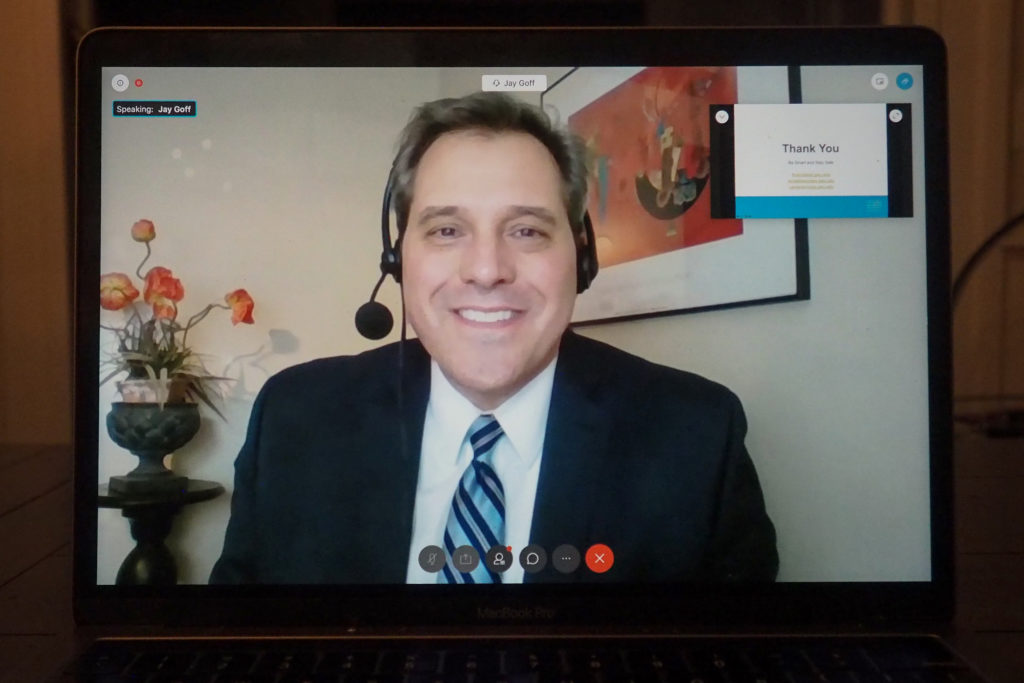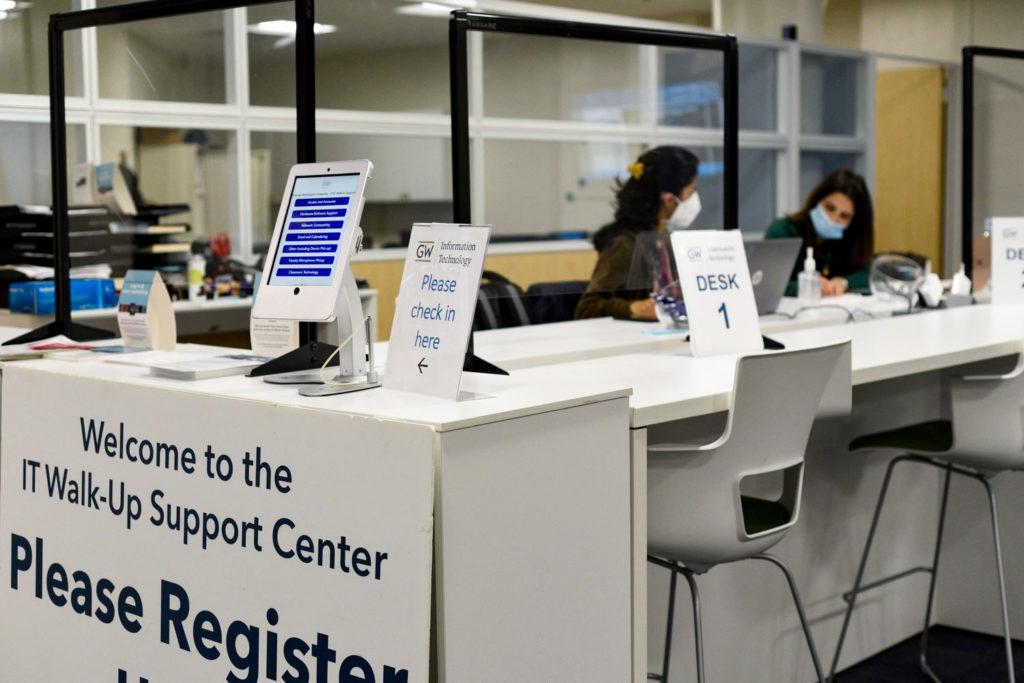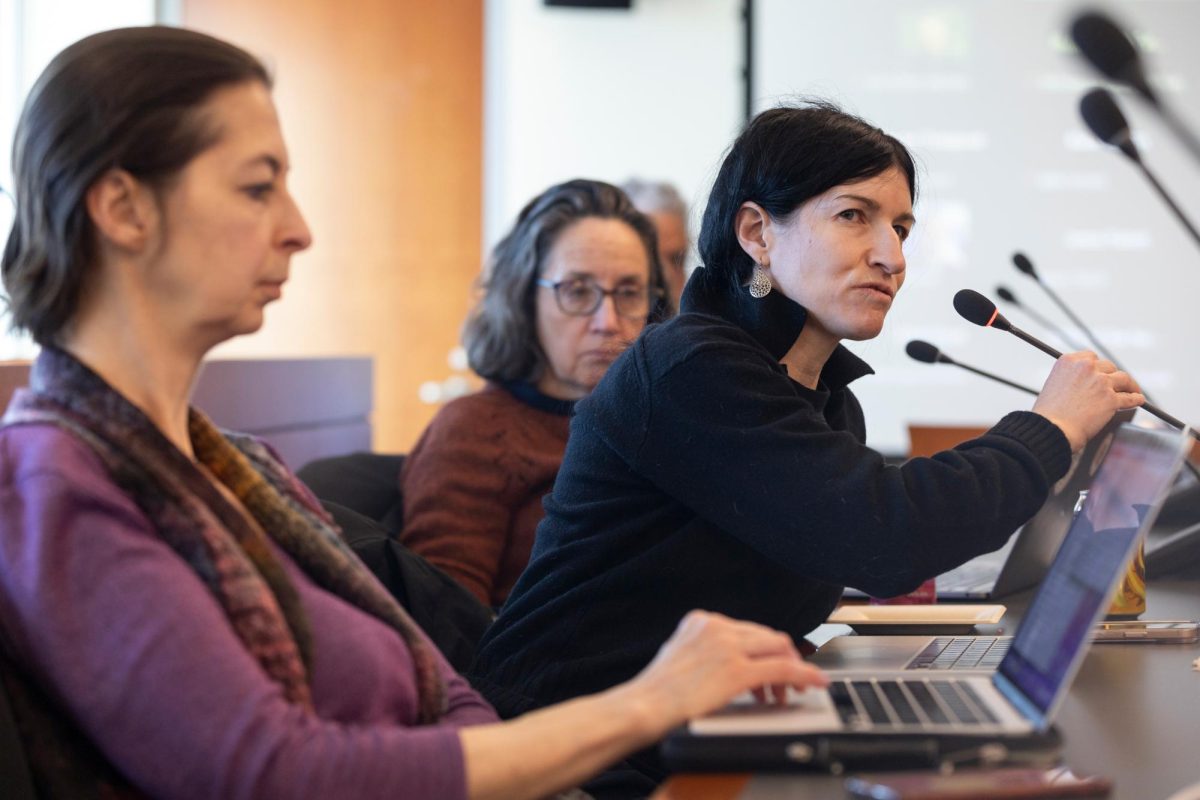GW will release admissions decisions for regular decision applicants Monday evening after receiving a record level of new student applications.
Jay Goff, the vice provost of enrollment and student success, said admissions staff will place some students on the waitlist, a key tool officials have leveraged during the pandemic to better control the incoming class size amid shifting enrollment trends. GW’s total enrollment fell slightly again this spring to 25,500 students – about a 1.6 percent annual drop – but Goff said the levels are closely aligned with their projections.
“As usual, some programs are a little bit higher than projected, and some are a little bit lower than projected, but overall, we were very close to our projections in the total enrollment plan,” Goff said.
Enrollment has declined the past few years since a recent high of 28,172 total students in 2018. Administrators began implementing an initiative to cut the undergraduate population size by 20 percent in response – citing strained campus resources that detracted from the student experience – but the initiative was declared obsolete after the pandemic hit amid intense criticism from faculty.
In spring 2020, once the pandemic moved classes online, officials admitted multiple rounds of waitlisted students to stabilize falling enrollment levels. Last year, officials said they could continue to accept more waitlist applicants than before the pandemic to make up for the gaps in enrollment.
“We expect to have a healthy waitlist again this year,” Goff said. “Although we did not have to use it as much as we expected last year, we believe it does provide us an excellent way to provide additional access and to control our total enrollment numbers each semester.”
But even with overall enrollment continuing to fall, this spring’s drop has slowed from the 3 percent decline last spring.
Some of the largest proportional drops in enrollment during the pandemic have come from international students. The international student population fell by about 7 percent this spring compared to last year – more than 200 students – while the domestic population simultaneously fell by less than 1 percent.
Goff said many of the international applicants who did not enroll at GW this spring cited travel restrictions and health and safety concerns as the main reason for not attending the University.
“We continue to experience a negative impact from the COVID-19 pandemic on our international and our adult working student populations,” Goff said.
Officials are working to implement new recruitment strategies to target international students, who increase diversity levels and boost tuition revenue since they are less likely to receive financial aid. Officials have seen a “small uptick” in international applications for next year, Goff said.
“You will see new efforts to go into international markets that we have not previously focused on,” Goff said. “We started this effort by working with virtual college fair programs in which we could have a broader global reach. And so far, we’re seeing some positive results from those efforts.”
To boost application levels, Goff said officials are looking develop new high school-specific media campaigns to attract interest.
“When we look at the new planning efforts, the most common element is focusing on really understanding what the individual student’s needs are, and developing your outreach programs in which we can engage and help them see how a GW degree will help them achieve their goals,” Goff said.
Goff said nondegree enrollment, including those taking pre-college courses, increased from fewer than 650 students last spring to nearly 700 students this semester, a 7 percent rise. Graduate and professional enrollment fell by about 2.2 percent this spring from last year.
Experts in higher education focusing on admissions and enrollment said the pandemic has likely played a role in encouraging students to reconsider enrolling in four-year colleges.
Walter Heinecke, an associate professor of educational research, statistics evaluation at the University of Virginia, said GW’s recent 3.5 percent price tuition hike up from $59,780 may cause more students to take out larger loans, which could drive some applicants away. He said the unstable economy during the pandemic may have exacerbated incoming college students’ skepticism about enrolling at expensive schools and fear of going into debt.
“I think a lot of young people are starting to figure out that they’re going to get stuck with student debt for their entire lives,” he said. “So it’s not clear that the economy is going to provide them with a decent return on investment.”
Heinecke said the best ways to increase future enrollment in such economically unstable times is to reduce the cost of tuition and increase the availability of need-based scholarships like Pell Grants. Officials launched a “focused initiative” in the fall to increase the amount of funding dedicated to lending aid for Pell-eligible students.
Heinecke said officials’ strategies for increasing enrollment, like targeted marketing campaigns, would be less effective at boosting enrollment than a lower admission cost or more financial aid could be.
“I just don’t think that tuition levels are going to be any less precious to young people,” Heinecke said. “Regardless of marketing campaigns, what’s going to be controlling is, to what extent are they going to get in debt over their education?”
Kelly Slay, an assistant professor of higher education and public policy at Vanderbilt University, said the mission driving institutions and shaping their admissions policies and price tag can clarify the differences in tuition at public and private universities.
“So affordability might be more of a priority for me because of the historical mission of my university,” Slay said. “Whereas if I go to Vanderbilt, for example, where we’re a private college, or a private, highly selective university, or Harvard, for example, the priorities might be a little bit different.”
Slay said predicting the future of university enrollment is difficult because many potential college students and families are reevaluating the worth of university degrees after experiencing financial hardships during the pandemic.
“I don’t know that it’s realistic for us to get those enrollment numbers back up to the pre-pandemic level right away or how long it would take,” Slay said. “Honestly, I think a lot of students and even families are struggling to see the value of a college degree after the pandemic.”








